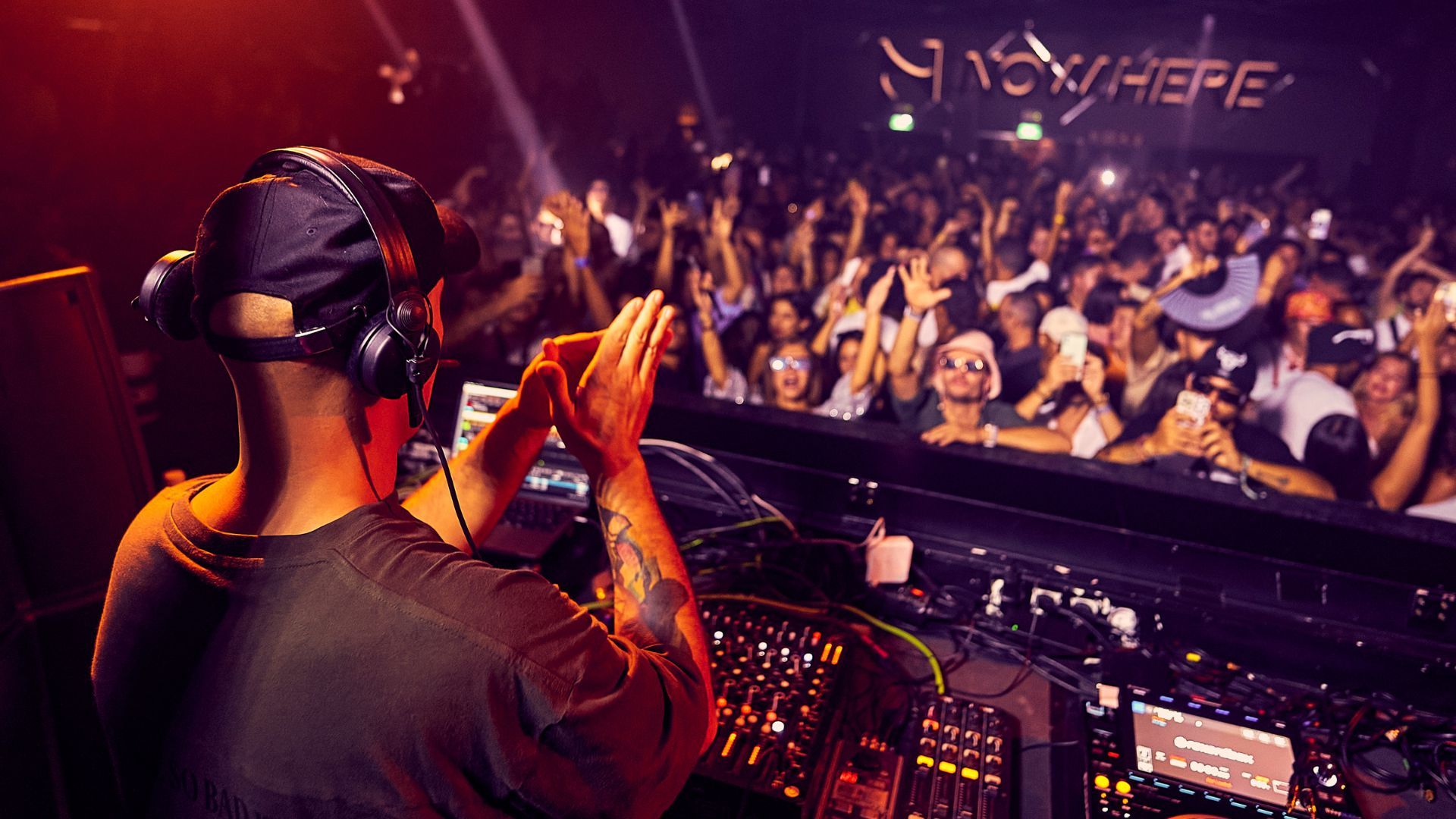In the pulsating heart of every electrifying party, there stands a figure whose fingers dance across the decks, orchestrating the rhythm of the night. DJs, the modern-day maestros of music, hold the power to captivate crowds and keep them moving to the beat. But what exactly goes on behind the scenes of a DJ’s performance? Let’s embark on a journey from beats to mixes, exploring the captivating realm of DJs.
Unraveling the Mystery: What Do DJs Do?
At first glance, the role of a DJ might seem straightforward – spinning records and keeping the party alive. However, beneath the surface lies a multifaceted craft that combines technical prowess, musical intuition, and a deep understanding of audience dynamics. So, what do djs do?
Crafting Seamless Transitions
One of the defining skills of a DJ lies in their ability to seamlessly transition between tracks. Picture this: the dance floor is packed, and the energy is soaring. A skilled DJ knows precisely when to blend one track into another, maintaining the flow of energy and keeping the crowd on their toes. This art of mixing is where creativity meets technical finesse, as DJs manipulate tempo, EQ, and effects to craft a fluid sonic journey.
Reading the Room
Beyond mastering the technical aspects of mixing, successful DJs possess an innate ability to read the room. They keenly observe the crowd, gauging reactions and adjusting their playlist accordingly. This intuition allows them to curate a musical experience tailored to the mood and preferences of the audience, ensuring that every beat resonates with maximum impact.
Setting the Mood
A skilled DJ is not merely a music player but a mood setter. They possess the uncanny knack for creating an atmosphere that transcends the sum of its parts. Whether it’s building anticipation with a slow burn or igniting a frenzy with a high-energy anthem, DJs manipulate the sonic landscape to evoke emotions and elevate the collective experience of the crowd.
Expressing Creativity
While DJs often work with pre-existing tracks, their artistry lies in how they manipulate and reinterpret this musical material. Through the use of loops, samples, and effects, DJs infuse their sets with a unique creative flair, transforming familiar tunes into fresh sonic adventures. This creative expression is what distinguishes a DJ from a mere playlist curator, elevating their performance to an art form in its own right.
Behind the Decks: The Tools of the Trade
To bring their musical visions to life, DJs rely on an array of tools and technologies. From traditional vinyl turntables to cutting-edge digital controllers, the options are as diverse as the artists themselves. Here are some essential components of a DJ’s arsenal:
Turntables and CDJs: Traditionally, DJs spun vinyl records on turntables, but modern technology has ushered in the era of CDJs (Compact Disc Jockeys) and digital controllers. These devices allow DJs to manipulate digital audio files with precision, offering features such as pitch control, looping, and sample triggering.
Mixer: At the heart of every DJ setup lies the mixer, a console that enables seamless blending of multiple audio sources. DJs use mixers to adjust levels, apply effects, and crossfade between tracks, shaping the sonic landscape of their performance.
Software: In the digital age, software plays a pivotal role in DJing. Programs like Serato, Traktor, and Ableton Live offer DJs a plethora of tools for organizing music libraries, beatmatching, and adding creative effects. With the rise of laptop DJing, software has become an indispensable companion for many modern DJs.
Controllers: DJ controllers bridge the gap between hardware and software, providing tactile control over digital music files. These devices typically feature jog wheels, faders, and buttons that mimic the functionality of traditional DJ equipment, offering a familiar interface for performers transitioning to digital platforms.
The Evolution of DJ Culture
From its humble origins in the underground clubs of New York and Chicago to its global dominance in today’s mainstream music scene, DJ culture has undergone a remarkable evolution. What once started as a niche subculture has blossomed into a thriving industry, with DJs commanding packed arenas and headlining festivals around the world.
Central to this evolution is the democratization of DJing, fueled by advancements in technology and the rise of digital platforms. With access to affordable equipment and online tutorials, aspiring DJs can now hone their craft from the comfort of their bedrooms, bypassing the traditional barriers to entry.
Furthermore, the boundaries between DJing and production have become increasingly blurred, with many artists wearing both hats simultaneously. Producers like Calvin Harris and Diplo seamlessly transition between crafting hit tracks in the studio and igniting dance floors as performing DJs, embodying the symbiotic relationship between creation and curation.
Conclusion: The Power of the Beat
In the ever-shifting landscape of music, DJs stand as the gatekeepers of rhythm, guiding audiences on sonic odysseys that transcend language and culture. Through their mastery of mixing, intuition, and creativity, DJs have the power to unite disparate souls under the universal language of beats and melodies.
So, the next time you find yourself lost in the groove of a DJ’s set, take a moment to appreciate the artistry and skill behind the decks. For in the world of DJs, every mix is a masterpiece, and every beat is a testament to the enduring power of music.
In answering the question “what do DJs do,” we find that they do much more than just play music; they craft experiences, shape emotions, and ignite imaginations, leaving an indelible mark on the hearts and minds of listeners around the world.
Top of Form
